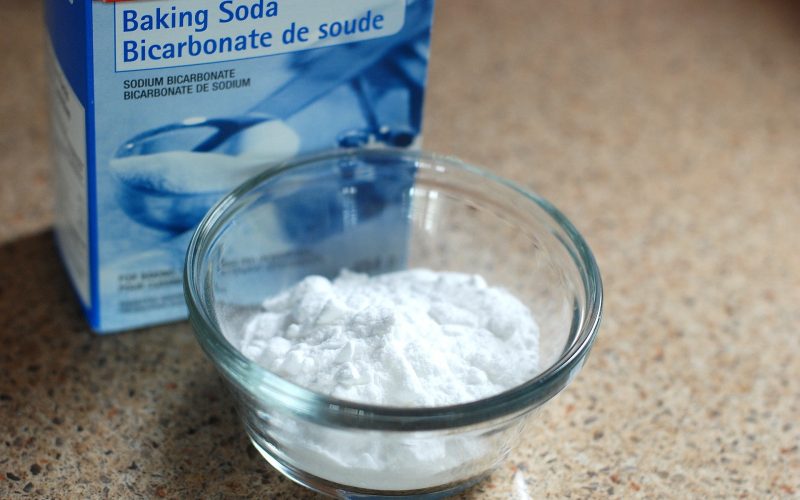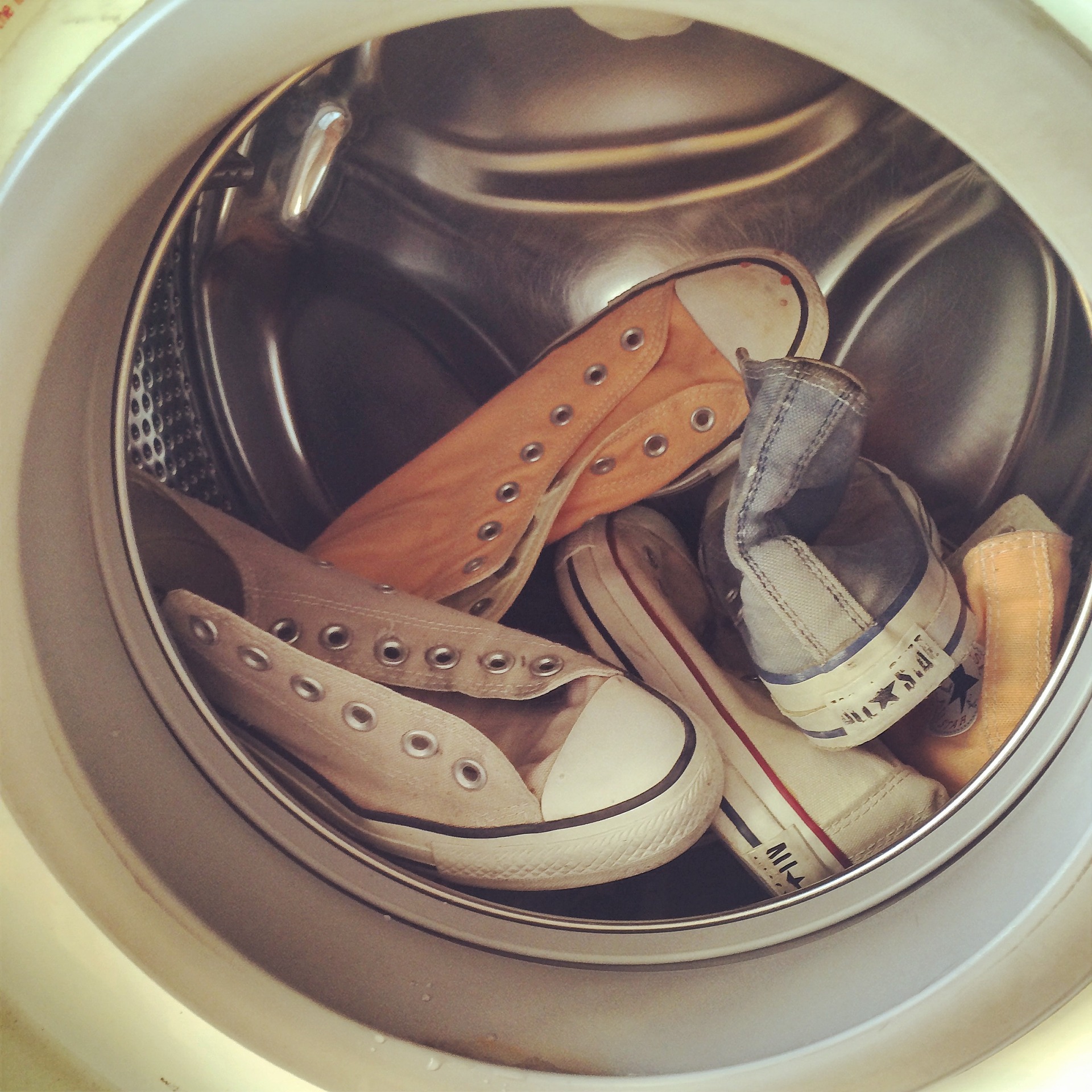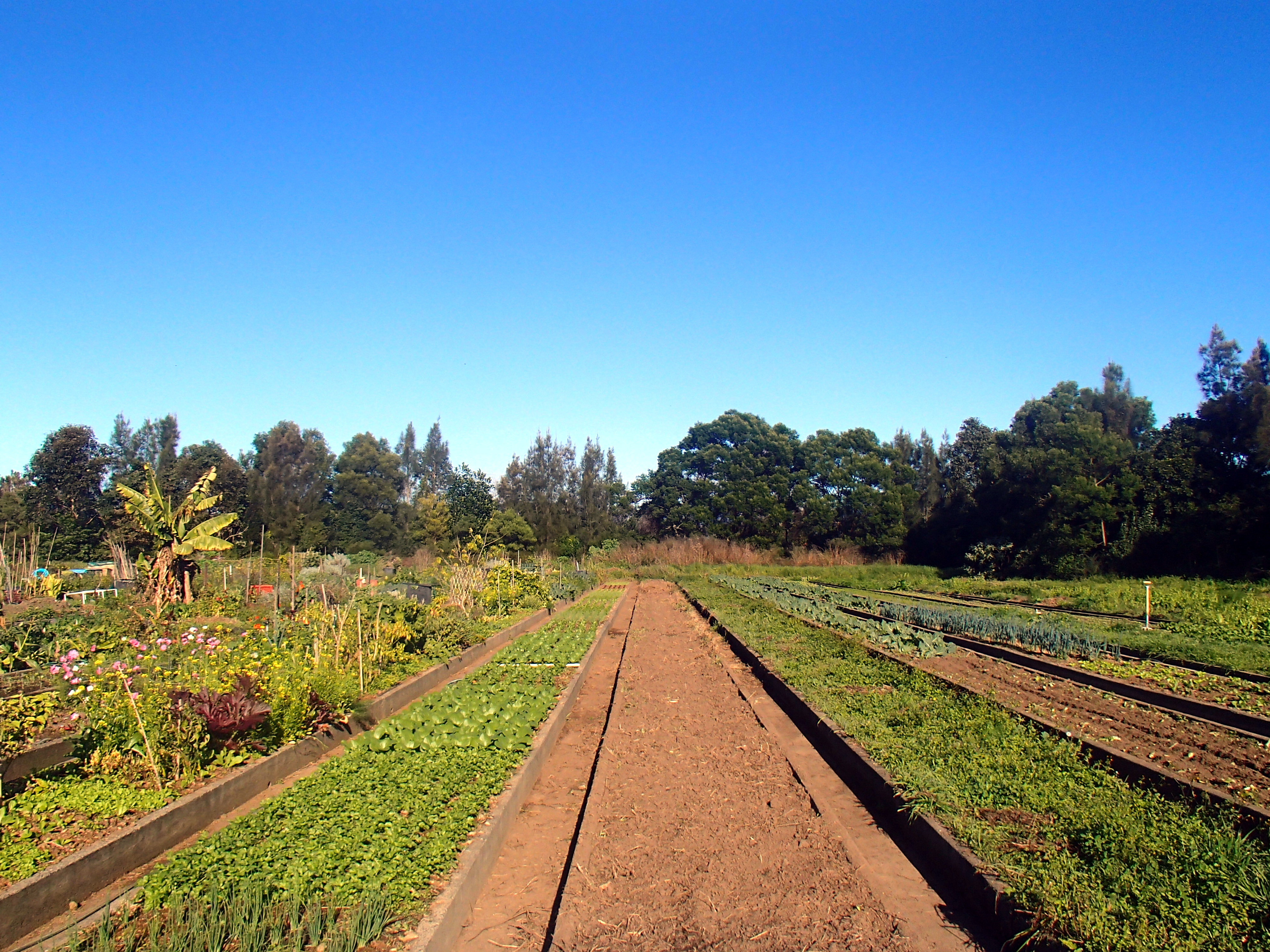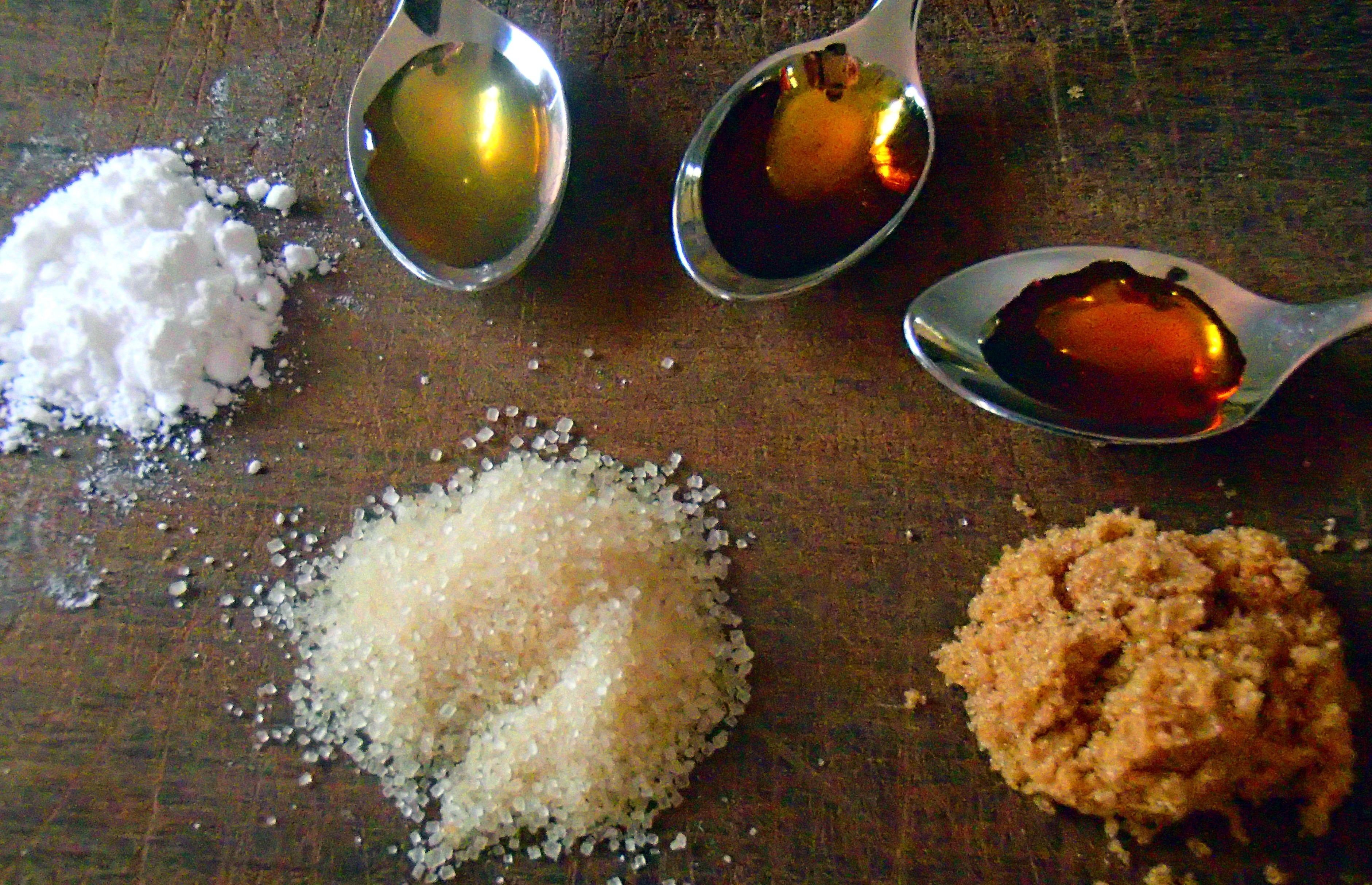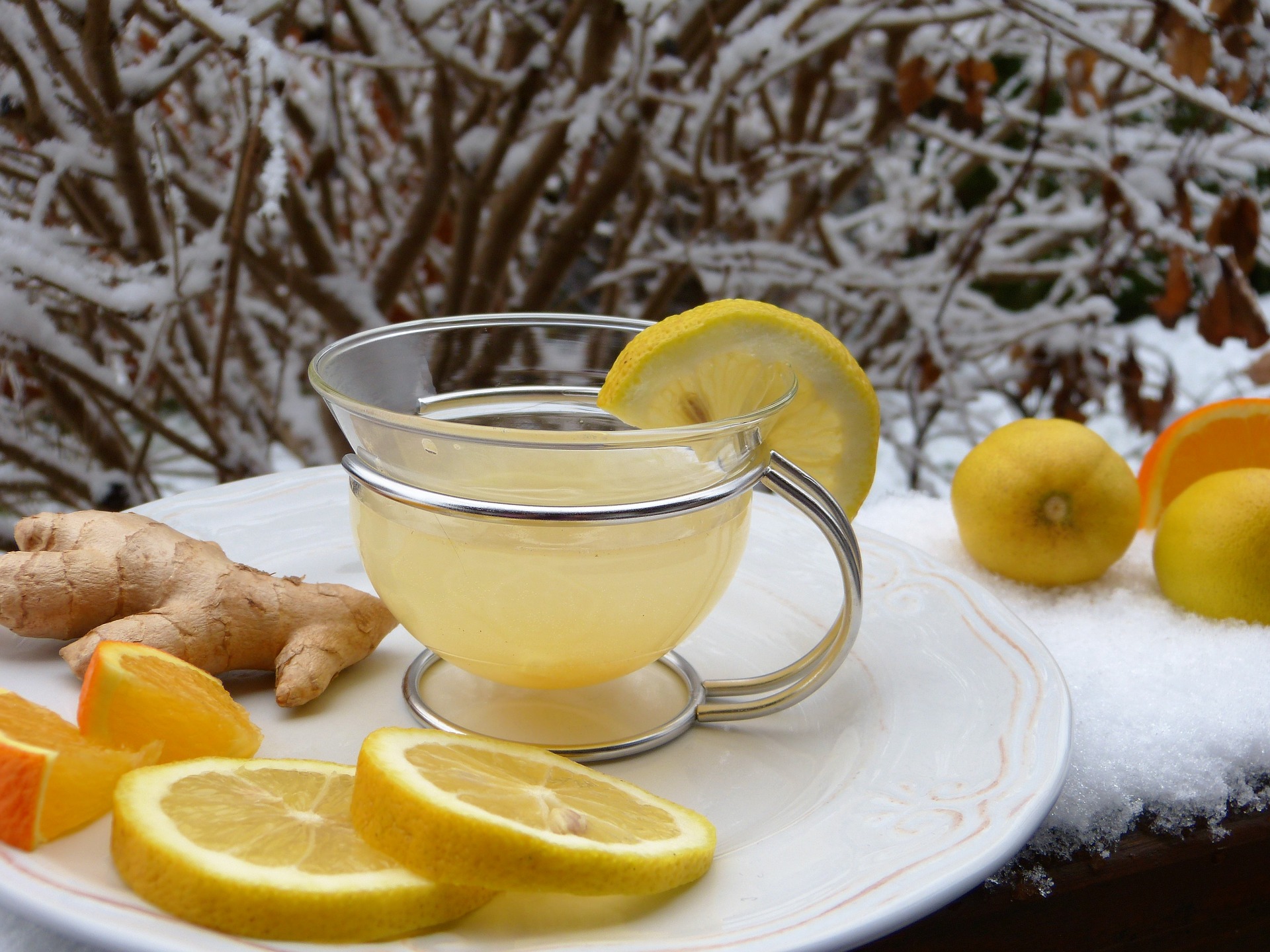It’s only been about three years that I use baking soda for other purposes than baking. Baking soda is very versatile in its applications and makes for a great cleaning product.
Baking soda, also known as sodium bicarbonate or bicarbonate of soda, is a salt which is found in natron as well as in our bodies. It is alkaline, tastes salty, and our saliva and intestines use it to equal out the acid produced by food.
Baking soda is mined, using similar mining techniques as coal mines. The process of separating the bicarb and its chemical cousin sodium carbonate (a.k.a. washing soda), from the minerals, is typically done in the Solvay process. The largest deposit of it is in the Green River Formation in Western USA. However, bicarbonate of soda is also found in mineral springs.
Baking soda is a fine white powder, odourless in its solid state, and it dissolves in water. It has the ability to absorb odour, neutralise acidity, it’s mildly abrasive, and it’s a rising agent. It can be used in a solution with water, as a paste with water or other liquids, or in its powder form in an open container or sprinkled on.
I focus in this post on baking soda’s uses around the house, rather than for cooking and baking. Baking soda has become a favourite cleaning product in the past 20 years because it is environmentally friendly (benign, actually) and does not act as harshly and toxic as other cleaners. And its uses around the house surpass its uses in cooking and baking.
Cleaning with baking soda
Baking soda is handy to use in the kitchen to absorb odours. For example, a paste of baking soda and water on a wooden chopping board will freshen up the board and remove any unpleasant smells. The same goes for rubbish bins, dish towels, drains, plastic and glass containers, fridges, dishwashers, and the list goes on.
Its mild abrasive characteristics make it a great sink and stove top cleaner as well as a counter cleaner.
In combination with soap, baking soda speeds up any dishwashing tasks. It can be added to a sink of water or to the dishwasher. A simple dishwashing powder is equal parts baking soda and borax.
Now, the one combination that doesn’t do much for cleaning is the one with vinegar. Baking soda neutralises acid and although the reaction looks impressive, for cleaning purposes it does nothing. Baking soda’s ability to neutralise acid is useful though to clean up most foods, such as dairy, grains, fruit, and vegetables.
Beauty and health
The same cleaning properties of baking soda I describe above can also be used for beauty and health. The simplest is a replacement for shampoo. Because of its naturalising abilities, baking soda helps to remove grease and any product build-up in the hair. It even makes a good dry shampoo.
Because baking soda is mildly abrasive, it makes a great mild facial scrub and a toothpaste (it also neutralises the acid). Simply use with water and a brush.
I also like using baking soda in my kids’ bathwater. As mentioned, in combination with soap it makes a great cleaner. And because it is mild on their skin, I know my kids won’t have any skin reactions to the soap. The only problem is that the bathtub gets slippery.
Being absorbant, baking soda can also be used as a deodorant. Although it can make the skin itchy, baking soda is great to absorb moisture and odour. For another alternative to deodorant, one which doesn’t use baking soda, check out my other post.
As mentioned above, baking soda is naturally part of our bodies. In cases of acid reflux or indigestion, a little bit of extra soda can help to relieve symptoms. However, be aware that a little goes a long way because too much alkaline in the body can lead to nausea, muscle spasms, and even light-headedness.
Fun stuff with baking soda
It can also be great fun to play with baking soda. “Volcanoes” with baking soda and vinegar are great to watch. Simply combine the two and watch it all unfold. The result of the reaction, water and salt, are easy to clean up and won’t produce toxic fumes. Still, maybe this experiment is best done outside. And for even more fun, add some colouring.
Another idea using this reaction is a glass of water and 1/4 cup of vinegar and 3 teaspoons of bicarb soda. Any (light) object dropped into the glass will first sink and then rise again because of the bubbles produced by the reaction.
In general, the hype around baking soda is a little overdone. It makes for a great cleaner and has many uses around the house and for our bodies. However, baking soda is ultimately a finite resource and it cannot be made at home. If you are looking for an environmentally friendly cleaner, try baking soda but keep in mind that it’s not sustainable.
